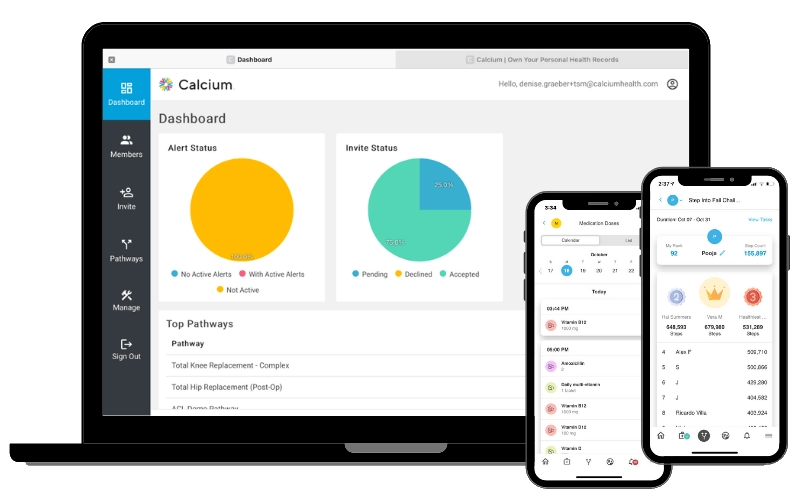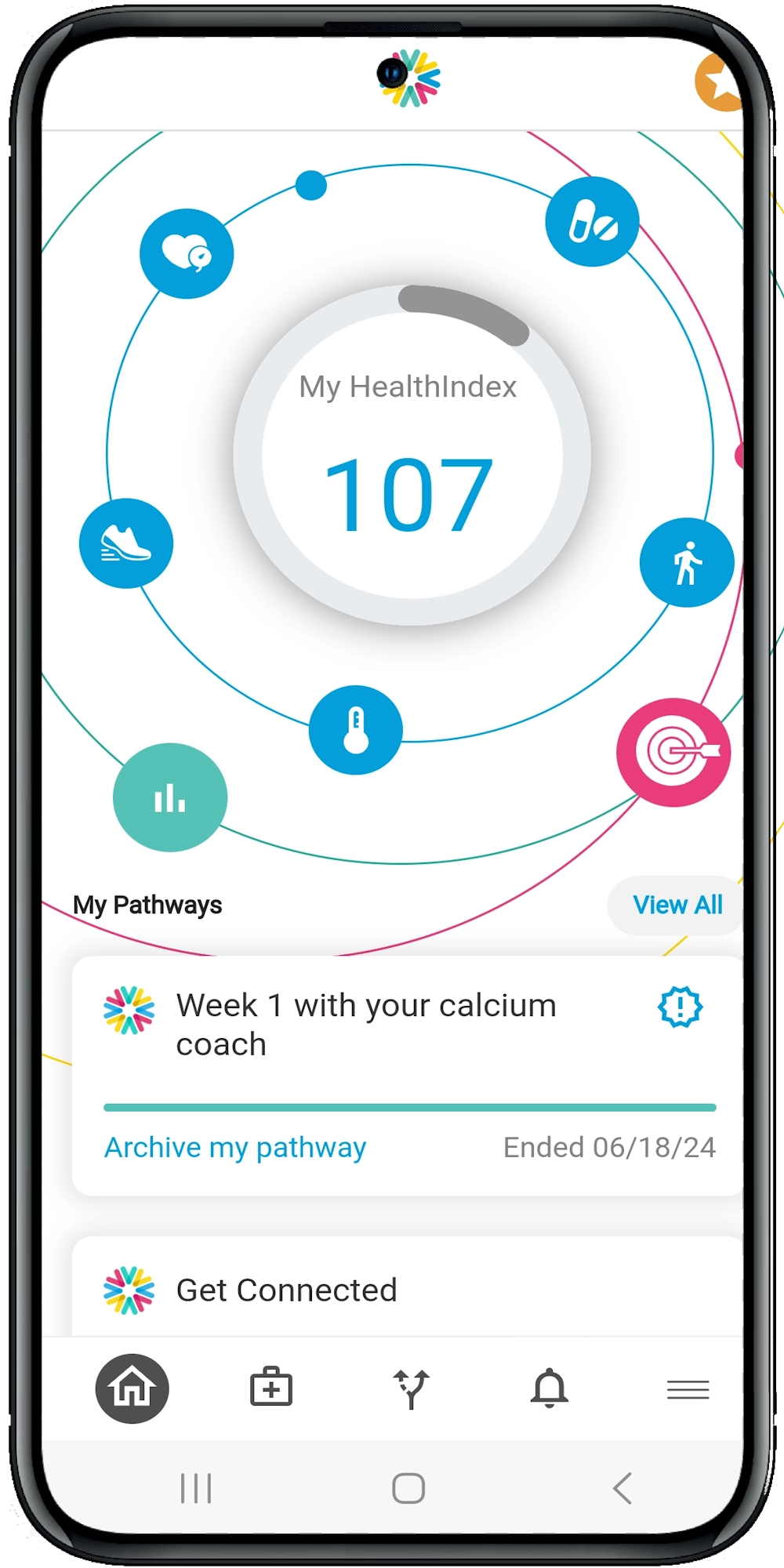Digital Health Strategies for Managing Cancer-Related Symptoms
Understanding the Landscape of Cancer-Related Symptoms
Cancer patients often endure a myriad of symptoms, ranging from pain and fatigue to nausea and emotional distress. Managing these symptoms requires a multi-faceted approach, and digital health tools can play a crucial role. But how can you integrate these tools into your practice effectively?
Telehealth: Bridging the Gap
Telehealth has revolutionized patient care, especially for those battling cancer. It provides a convenient and efficient way to monitor and manage symptoms remotely.
Benefits of Telehealth:
- Accessibility: Patients can consult with their healthcare providers from the comfort of their homes.
- Timeliness: Prompt attention to symptoms can prevent complications.
- Continuity of Care: Regular virtual check-ins help maintain consistent care.
Imagine a scenario where a patient experiencing severe nausea can instantly connect with their provider for advice, rather than waiting for a scheduled appointment. This immediate access can significantly improve their quality of life.
Mobile Health Apps: Empowering Patients
Mobile health apps are like personal health assistants in the pockets of your patients. These apps can track symptoms, medication adherence, and even provide educational resources.
Key Features of Mobile Health Apps:
- Symptom Tracking: Patients can log their symptoms daily, providing valuable data for their healthcare team.
- Medication Reminders: Ensures patients take their medications on time.
- Educational Content: Offers information on managing side effects and self-care tips.
Think of these apps as a bridge between the patient and the healthcare team, keeping everyone informed and engaged in the care process.
Wearable Technology: Real-Time Monitoring
Wearable devices, such as smartwatches and fitness trackers, can monitor vital signs and activity levels in real-time. For cancer patients, this data can be crucial in managing symptoms and overall health.
Advantages of Wearable Technology:
- Continuous Monitoring: Keeps track of heart rate, sleep patterns, and physical activity.
- Early Detection: Identifies potential issues before they become severe.
- Patient Engagement: Encourages patients to stay active and monitor their health.
Imagine a patient with fatigue issues. A wearable device can track their sleep quality and activity levels, providing insights that can help tailor their treatment plan more effectively.
Virtual Reality (VR): A New Frontier in Symptom Management
Virtual Reality (VR) is not just for gaming; it’s making waves in healthcare too. VR can be used to manage pain, anxiety, and even nausea in cancer patients.
Applications of VR in Symptom Management:
- Pain Relief: VR can divert attention away from pain through immersive experiences.
- Anxiety Reduction: Calming VR environments can help reduce stress and anxiety.
- Nausea Control: VR experiences can help distract patients from feelings of nausea.
Picture a patient undergoing chemotherapy using VR to escape into a serene virtual forest, significantly reducing their anxiety and discomfort.
Artificial Intelligence (AI) and Machine Learning: Predictive Analytics
AI and machine learning can analyze vast amounts of data to predict symptom patterns and suggest interventions. This proactive approach can lead to better symptom management and improved patient outcomes.
Benefits of AI in Symptom Management:
- Predictive Analytics: Identifies potential symptom flare-ups before they happen.
- Personalized Care Plans: Tailors interventions based on individual patient data.
- Efficient Resource Allocation: Helps in prioritizing care for patients who need it most.
Imagine having a tool that can predict when a patient is likely to experience severe pain based on their data, allowing you to intervene before it becomes unmanageable.
Patient Portals: Enhancing Communication
Patient portals are secure online platforms where patients can access their health information, communicate with their healthcare team, and manage appointments.
Features of Patient Portals:
- Health Records Access: Patients can view their medical history, lab results, and treatment plans.
- Direct Communication: Enables secure messaging between patients and providers.
- Appointment Management: Patients can schedule and manage their appointments online.
Think of patient portals as a central hub for all patient-related activities, enhancing communication and ensuring that everyone is on the same page.
Digital Therapeutics: A New Era of Treatment
Digital therapeutics are software-based interventions that can prevent, manage, or treat medical conditions. For cancer patients, these can offer new ways to manage symptoms and improve quality of life.
Examples of Digital Therapeutics:
- Cognitive Behavioral Therapy (CBT) Apps: Help manage depression and anxiety.
- Mindfulness and Meditation Apps: Aid in stress reduction and emotional well-being.
- Diet and Exercise Programs: Provide tailored plans to help patients maintain physical health.
Imagine a patient using a mindfulness app to manage their stress levels, leading to better overall health and symptom control.
Data Security: Protecting Patient Information
With the rise of digital health tools, ensuring data security is paramount. Patients need to trust that their information is safe and secure.
Steps to Ensure Data Security:
- Encryption: Protects data during transmission and storage.
- Regular Audits: Ensures compliance with data protection regulations.
- Patient Education: Informs patients about how their data is used and protected.
Think of data security as the foundation of your digital health strategy, ensuring that all other components function smoothly and safely.
Summary and Suggestions
Incorporating digital health strategies into cancer care can significantly enhance symptom management and improve patient outcomes. From telehealth and mobile apps to AI and VR, these tools offer innovative ways to support your patients. Explore our website for more resources or schedule a demo to learn how our digital health platform can transform your practice.
Ready to take your cancer care to the next level? Dive into our other resources or schedule a demo today!





